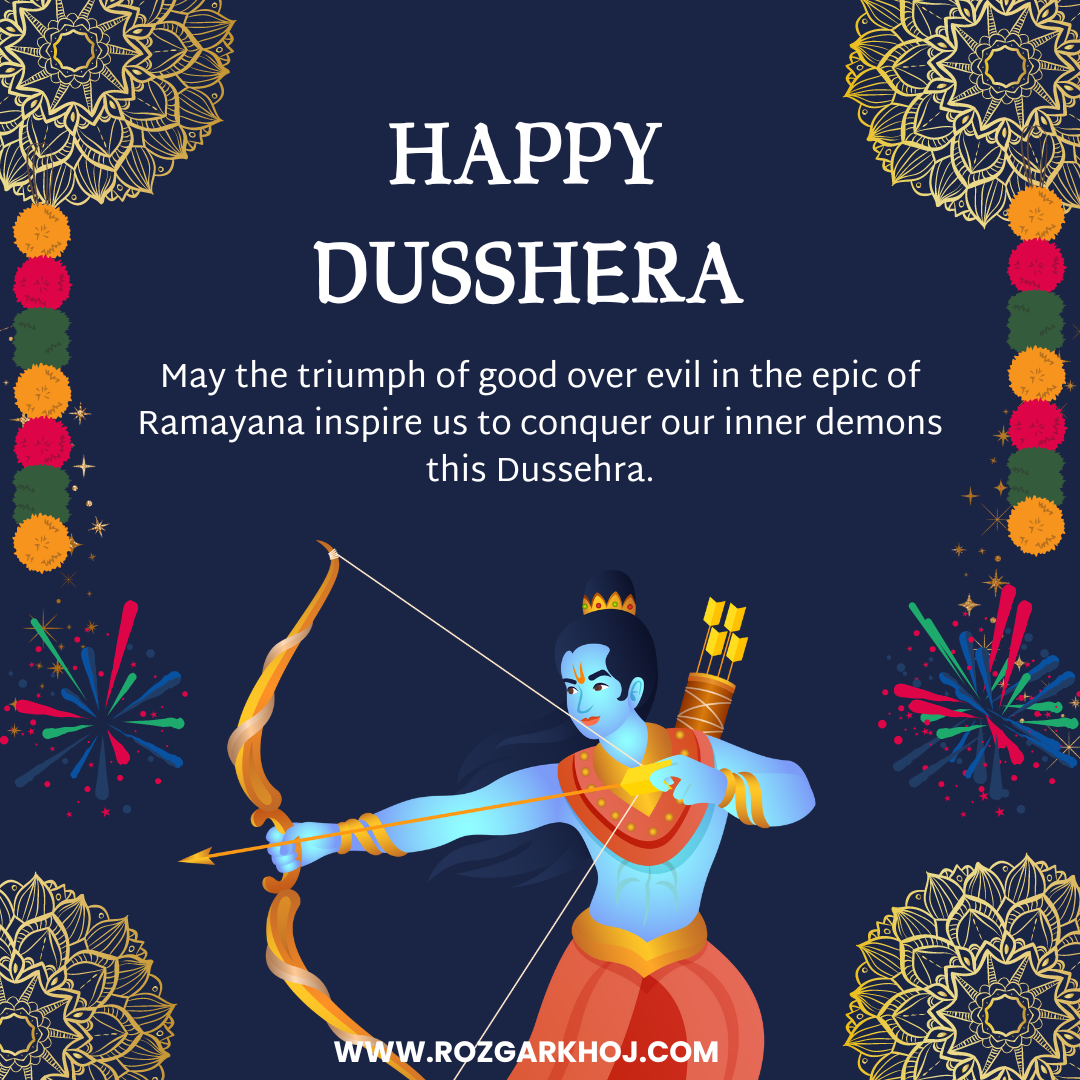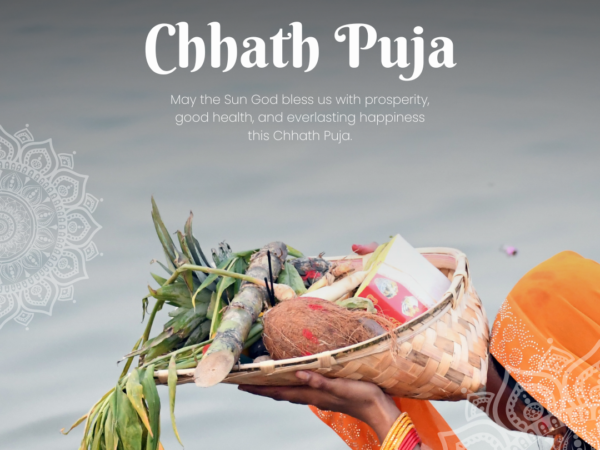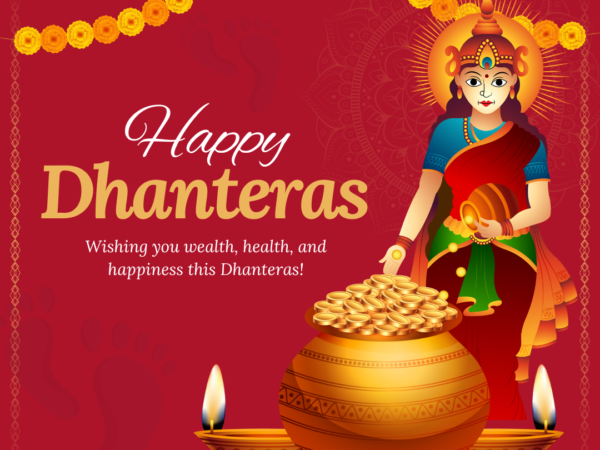[vc_row][vc_column][vc_column_text]
Introduction
Dasara, also known as Dussehra or Vijayadashami, is one of the most celebrated festivals in India, marking the triumph of good over evil. In 2024, Dasara will be observed on Saturday, 12 October, culminating the nine-day Navratri festival. This grand occasion celebrates two significant victories: Lord Rama’s defeat of the demon king Ravana in the epic Ramayana and Goddess Durga’s victory over Mahishasura, symbolizing the end of negativity and the onset of new beginnings.
Dasara is celebrated with great enthusiasm and devotion across India, with different regions observing unique rituals and traditions. From the magnificent effigy burning of Ravana in North India to the vibrant processions in South India, the festival brings together families, communities, and cultures.[/vc_column_text][/vc_column][/vc_row][vc_row][vc_column][vc_column_text]
The Significance of Dasara
The essence of Dasara lies in the victory of good over evil and the destruction of negative forces. This day signifies the end of Navratri, a nine-day period of fasting, devotion, and worship of the nine forms of Goddess Durga. On the tenth day—Dasara or Vijayadashami—devotees celebrate the defeat of evil, a metaphor for overcoming inner struggles, fears, and challenges.
- In the Ramayana, Dasara marks the day when Lord Rama, with the help of his devoted followers, including Hanuman and his brother Lakshmana, defeated the ten-headed demon Ravana to rescue his wife, Sita. Ravana represents arrogance, greed, and injustice, and his defeat reminds us to vanquish similar qualities in our own lives.
- In the Durga Puja legend, Goddess Durga battled the shape-shifting demon Mahishasura for nine days and nights, ultimately killing him on the tenth day, signifying the power of righteousness and the triumph of divine feminine energy over evil.
[/vc_column_text][vc_single_image image=”2960″ img_size=”1000*600″][/vc_column][/vc_row][vc_row][vc_column][vc_column_text]
Dasara Celebrations Across India
1. North India: The Ram Lila and Ravana Effigies
In North India, Dasara is synonymous with the dramatization of the Ramayana through Ram Lila performances. This theatrical retelling of Lord Rama’s life story culminates on Dasara with the burning of massive effigies of Ravana, his brother Kumbhakarna, and his son Meghnath. These towering figures are set aflame in a public spectacle, symbolizing the destruction of evil. Cities like Delhi, Varanasi, and Lucknow witness grand processions and firework displays, making the occasion a vibrant and dramatic affair.
2. West Bengal: Durga Puja Immersion
For Bengalis, Dasara is closely tied to Durga Puja, which celebrates the victory of Goddess Durga over Mahishasura. After four days of elaborate puja, the festival concludes on Dasara with the grand visarjan (immersion) of Durga idols in rivers, signifying her return to Mount Kailash. The streets of Kolkata and other parts of West Bengal come alive with music, dancing, and processions as devotees bid farewell to the goddess.
3. South India: Dasara in Mysore
In the southern state of Karnataka, Dasara is celebrated with grandeur, particularly in Mysore. Known as the Mysore Dasara, this celebration includes the majestic Jumbo Savari procession, where a beautifully adorned elephant carries the idol of Goddess Chamundeshwari through the streets of Mysore. The Mysore Palace is illuminated with thousands of lights, creating a breathtaking spectacle that attracts visitors from across the country.
4. Gujarat: Navratri and Garba
In Gujarat, Dasara is the culmination of nine nights of Garba and Dandiya dancing during Navratri. People gather in large groups to dance in colorful attire, celebrating the power of Goddess Durga. On Dasara, prayers are offered, and a special Shastra Puja is performed to honor weapons, symbolizing the strength to destroy evil forces.[/vc_column_text][/vc_column][/vc_row][vc_row][vc_column][vc_column_text]
Rituals and Traditions of Dasara
Dasara is marked by various customs and rituals across different regions, but some of the most common practices include:
- Effigy Burning: Burning large effigies of Ravana, Kumbhakarna, and Meghnath is a symbolic way of removing evil from our lives. These effigies are often filled with fireworks, creating a visual display that captivates the audience.
- Ayudha Puja: In some parts of India, especially in Karnataka, Tamil Nadu, and Andhra Pradesh, people perform Ayudha Puja, where tools, weapons, and instruments are worshipped to honor the divine power they represent.
- Visarjan: In regions like West Bengal and Odisha, the immersion of Goddess Durga’s idol into water signifies her return to her divine abode, ending the festive period on a note of reflection and renewal.
- Shami Puja: In Maharashtra and some parts of India, people perform Shami Puja by worshipping the Shami tree, believed to be sacred in Hindu mythology. Exchanging its leaves, known as gold leaves, is seen as a gesture of goodwill and prosperity.
[/vc_column_text][/vc_column][/vc_row][vc_row][vc_column][vc_single_image image=”2962″ img_size=”1000*600″][/vc_column][/vc_row][vc_row][vc_column][vc_column_text]
Conclusion
As we celebrate Dasara 2024, we are reminded of the timeless message that goodness, truth, and righteousness will always triumph over evil. The festival, with its rich traditions, rituals, and cultural diversity, serves as a reminder to conquer our inner demons and embrace the light of positivity and wisdom. Whether you participate in the spectacular burning of Ravana’s effigy, the vibrant Durga Puja processions, or the serene rituals of Ayudha Puja, the spirit of Dasara unites us in the celebration of new beginnings, victory, and hope.
May this Dasara inspire you to overcome challenges, uphold righteousness, and lead a life filled with prosperity and joy.
Happy Dasara 2024![/vc_column_text][/vc_column][/vc_row]




